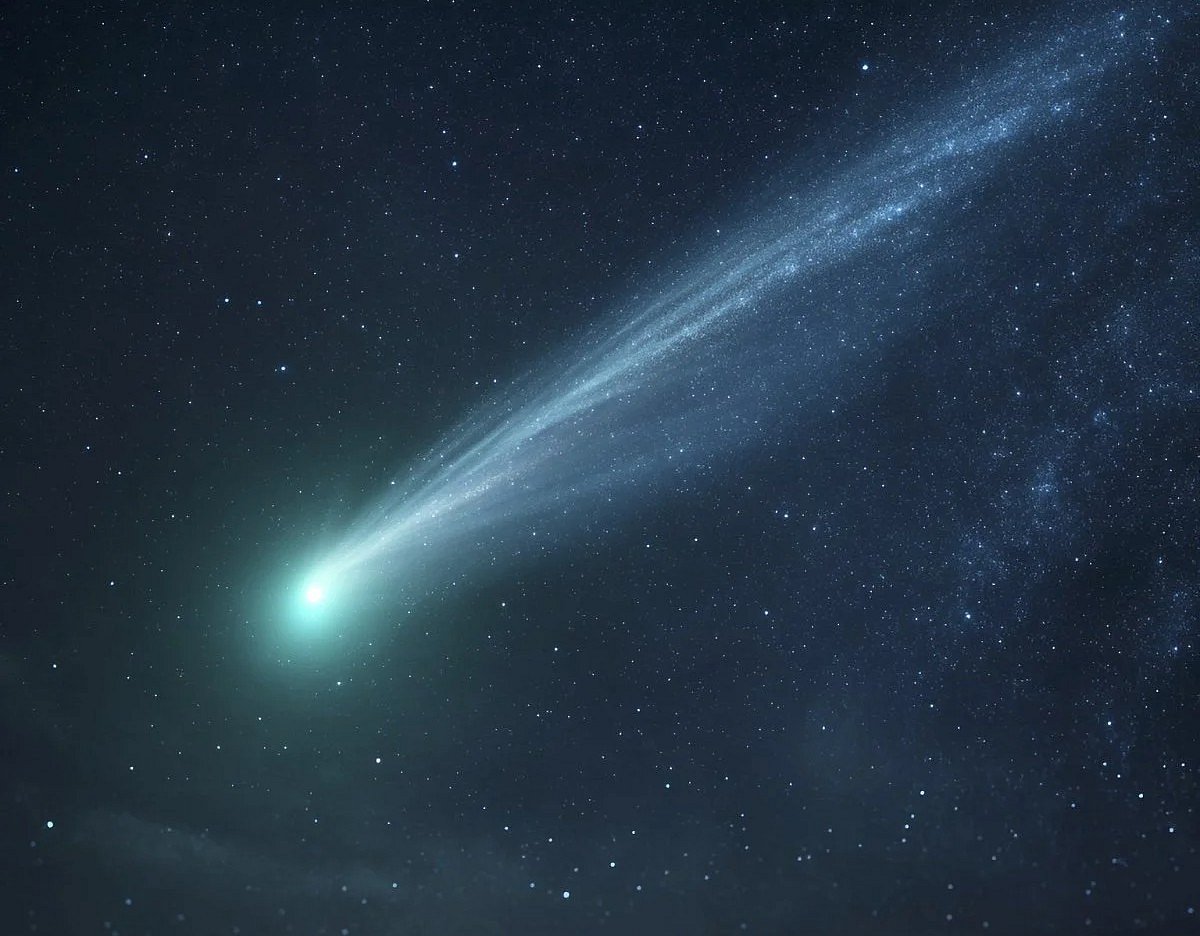Fact File: Interstellar Comet 3I/ATLAS
Type: Interstellar comet (third confirmed visitor from beyond our solar system)
Origin: Likely ejected from a distant star system millions of years ago
Path: “Hyperbolic” trajectory — one-time pass through the solar system
Nucleus size: Estimated to be under 1 km wide
Composition: Rich in carbon dioxide, cyanide, and atomic nickel vapor
Tail activity: Massive jet observed pointing toward the Sun in August 2025
Current brightness (magnitude): 12–14 — far too dim for the naked eye
Viewing requirements: Telescope with at least an 8-inch (200mm) aperture under dark skies
Current status: Unobservable from Earth due to solar conjunction
Next viewing window: Expected to reappear in early December 2025
Closest approach to Earth: 1.8 astronomical units (about 167 million miles)
Perihelion (closest to the Sun): October 29–30, 2025 — slightly inside Mars’ orbit
Threat level: Zero — the comet poses no danger to Earth
Fun Fact
When it swings by the Sun, 3I/ATLAS will flare up dramatically as its ices vaporise, giving astronomers a rare peek at how alien comets behave when they heat up near our star.

